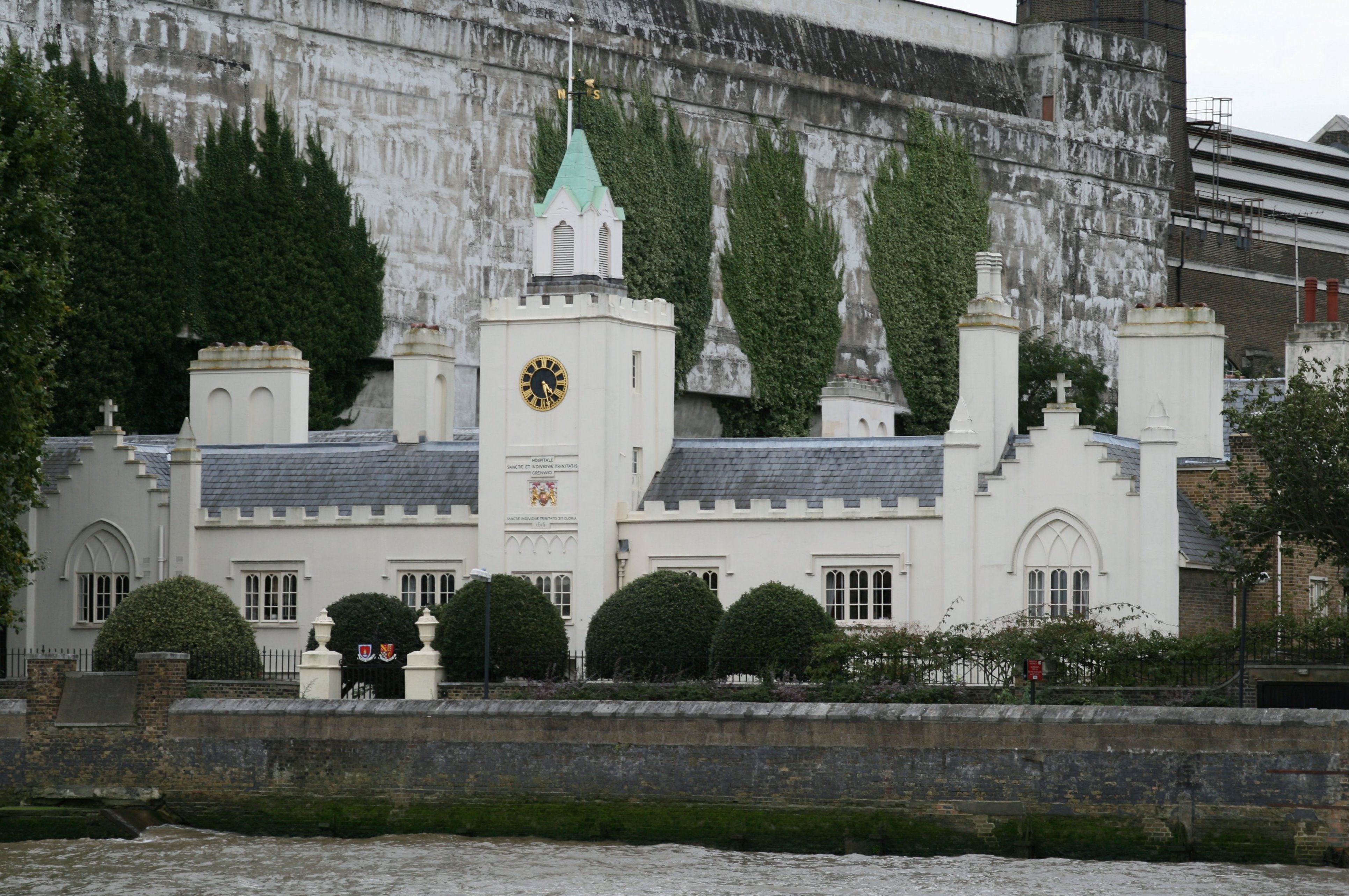Trinity Hospital, Greenwich on:
[Wikipedia]
[Google]
[Amazon]
 Trinity Hospital, is a group of
Trinity Hospital, is a group of
almshouse
An almshouse (also known as a bede-house, poorhouse, or hospital) is charitable housing provided to people in a particular community, especially during the Middle Ages. They were often built for the poor of a locality, for those who had held ce ...
s between Greenwich Power Station and the Old Royal Naval College
The Old Royal Naval College are buildings that serve as the architectural centrepiece of Maritime Greenwich, a World Heritage Site in Greenwich, London, described by the United Nations Educational, Scientific and Cultural Organisation (UNESCO) ...
on the south bank of the River Thames
The River Thames ( ), known alternatively in parts as the The Isis, River Isis, is a river that flows through southern England including London. At , it is the longest river entirely in England and the Longest rivers of the United Kingdom, s ...
at Greenwich
Greenwich ( , , ) is an List of areas of London, area in south-east London, England, within the Ceremonial counties of England, ceremonial county of Greater London, east-south-east of Charing Cross.
Greenwich is notable for its maritime hi ...
, London, England.
It was originally built in 1613-14 by Henry Howard, Earl of Northampton
Henry Howard, 1st Earl of Northampton (25 February 154015 June 1614) was an English aristocrat and courtier. He was suspected throughout his life of being Roman Catholic, and went through periods of royal disfavour, in which his reputation ...
, on the site of Lumley House (childhood home of Robert Dudley, 1st Earl of Leicester
Robert Dudley, 1st Earl of Leicester (24 June 1532 – 4 September 1588) was an English statesman and the favourite of Elizabeth I from her accession until his death. He was a suitor for the queen's hand for many years.
Dudley's youth was ove ...
). Howard set up his charity in 1613 for 12 'poor men' of Greenwich and eight from his birthplace in Norfolk, hence the name Norfolk College by which the almshouses were also known (it is, for example, shown as Norfolk College, on William Faden's Fourth Edition of Horwood's Plan, 1819). It was one of three Trinity almshouses founded in the last year of Howard's life, the others being in Clun
Clun is a town in south west Shropshire, England, and the Shropshire Hills AONB, Shropshire Hills Area of Outstanding Natural Beauty. The 2011 United Kingdom census, census recorded 680 people living in the town.Combined populations for the t ...
, Shropshire and Shotesham
Shotesham () is a village in South Norfolk which lies approximately 5 miles south of Norwich. It sits next to Stoke Holy Cross and Saxlingham Nethergate in the valley of the River Tas. It covers an area of and had a population of 539 in 210 ...
, Norfolk.
It was rebuilt in 1812 in Gothic style
Gothic architecture is an architectural style that was prevalent in Europe from the late 12th to the 16th century, during the High and Late Middle Ages, surviving into the 17th and 18th centuries in some areas. It evolved from Romanesque ar ...
.
It is a Grade II* listed building
In the United Kingdom, a listed building is a structure of particular architectural or historic interest deserving of special protection. Such buildings are placed on one of the four statutory lists maintained by Historic England in England, Hi ...
.
References
{{coord, 51.4851, -0.0021, display=title, region:GB-GRE_scale:2000 Grade II* listed almshouses Grade II* listed buildings in the Royal Borough of Greenwich